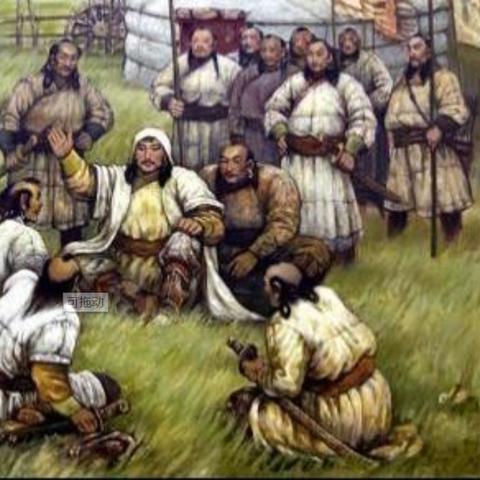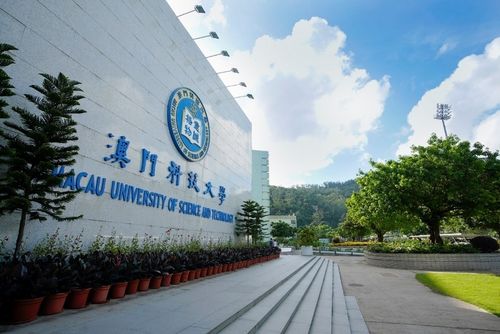对于初一的学生来说,英语阅读理解是一项重要的学习内容,它不仅能够帮助学生提高语言能力,还能培养逻辑思维和信息提取的能力,许多学生在面对阅读理解题时常常感到无从下手,不知道如何有效地分析和解答问题,本文将介绍一些有效的阅读理解技巧和策略,帮助初一学生更好地应对这一挑战。
1. 阅读理解的重要性
英语阅读理解不仅是考试中的一项重要内容,更是日常学习和生活中不可或缺的技能,通过阅读理解,学生可以:
扩大词汇量:阅读过程中会遇到大量的新单词和短语,有助于积累词汇。
提高语言运用能力:理解和运用文章中的语法结构和表达方式,提升写作和口语水平。
培养逻辑思维:通过分析文章的结构和内容,锻炼逻辑思维和推理能力。
拓宽知识面:接触不同类型的文本,了解不同领域的知识。
2. 阅读理解的基本步骤
要有效完成阅读理解题目,可以按照以下基本步骤进行:
1、快速浏览全文:先快速浏览一遍文章,了解大致内容和结构。
2、细读每个段落:仔细阅读每个段落,注意关键词和句子,理解段落的主要意思。
3、标记重要信息:用笔或电子设备标记出关键信息,如人名、地名、时间、数据等。
4、理解文章主题:总结文章的中心思想和主要论点。
5、回答问题:根据问题要求,回到文章中寻找相关信息,准确作答。
3. 提高阅读理解的具体技巧
1、预读题目:在开始阅读文章之前,先看一下题目和选项,这样可以带着问题去阅读,更有针对性。
2、标注关键词:在阅读过程中,注意标注出关键词和关键句,这些往往是解题的关键。
3、理解段落大意:每个段落通常都有一个中心句,理解这个句子的意思可以帮助你更快地把握段落内容。
4、排除干扰项:在选择题中,有时会有多个看似正确的选项,这时需要仔细分析,排除干扰项,选择最符合文章内容的答案。
5、练习总结:每读完一篇文章,尝试用自己的话总结主要内容,这有助于加深理解和记忆。
4. 常见题型及应对策略
1、细节题:这类题目通常要求学生从文章中找到具体的事实信息,应对策略是回到原文中找到相应的句子,仔细比对选项。
2、推理题:这类题目要求学生根据文章内容进行推理,应对策略是结合上下文,理解作者的意图和逻辑关系。
3、主旨题:这类题目要求学生概括文章的中心思想,应对策略是关注文章的开头和结尾,以及各段的中心句。

4、词义猜测题:这类题目要求学生根据上下文推测某个单词或短语的意思,应对策略是结合前后文,利用已知信息进行推断。
5. 培养良好的阅读习惯
1、定期阅读:养成每天阅读的习惯,可以选择自己感兴趣的英文材料,如小说、杂志、新闻等。
2、多做练习:多做阅读理解练习题,尤其是历年的中考真题,熟悉题型和解题思路。
3、积累词汇:扩大词汇量,特别是常见词和高频词,可以在阅读中更加流畅。
4、参加讨论:与同学或老师讨论文章内容,可以加深理解,同时锻炼口语表达能力。
6. 实战演练
为了帮助学生更好地应用上述技巧,下面提供一篇样文及其相关问题,供同学们练习。
样文:
> *The Importance of Recycling
>
> Recycling is an essential part of our efforts to protect the environment. By recycling, we can reduce waste, conserve natural resources, and save energy. In this article, we will explore the benefits of recycling and how everyone can contribute to this important cause.
>
> One of the primary benefits of recycling is the reduction of waste. When we recycle materials like paper, plastic, and metal, we prevent these items from ending up in landfills. Landfills not only take up valuable space but also release harmful gases into the atmosphere. By recycling, we can significantly reduce the amount of waste that ends up in landfills.
>
> Another benefit of recycling is the conservation of natural resources. Many of the materials we use every day, such as paper and plastic, are made from finite resources. By recycling these materials, we can extend their lifespan and reduce the need for new raw materials. This helps to preserve forests, reduce mining activities, and protect wildlife habitats.
>
> Recycling also saves energy. The process of making new products from recycled materials requires less energy than producing them from raw materials. For example, recycling aluminum cans uses 95% less energy than producing new aluminum from bauxite ore. This energy savings translates into lower greenhouse gas emissions and a smaller carbon footprint.
>
> Finally, recycling is a community effort. Everyone can play a role in reducing waste and protecting the environment. Simple actions like sorting recyclables, using reusable bags, and buying products made from recycled materials can make a big difference. Schools, businesses, and local governments can also promote recycling programs and educate the public about the importance of recycling.
>
> In conclusion, recycling is a crucial practice that benefits both the environment and society. By reducing waste, conserving resources, saving energy, and fostering community involvement, we can create a more sustainable future for generations to come.
问题:
1、What is one of the primary benefits of recycling mentioned in the article?
- A) It creates jobs.
- B) It reduces waste.
- C) It increases energy consumption.
- D) It promotes tourism.
2、How does recycling help conserve natural resources?
- A) By increasing the use of finite resources.
- B) By reducing the need for new raw materials.
- C) By promoting mining activities.
- D) By destroying wildlife habitats.
3、According to the article, what is the energy savings of recycling aluminum cans compared to producing new aluminum from bauxite ore?
- A) 50%
- B) 75%
- C) 95%
- D) 100%
4、What can individuals do to contribute to recycling efforts?
- A) Ignore recycling programs.
- B) Use disposable bags.
- C) Sort recyclables and use reusable bags.
- D) Buy products made from non-recycled materials.
答案:
1、B) It reduces waste.
2、B) By reducing the need for new raw materials.
3、C) 95%
4、C) Sort recyclables and use reusable bags.
英语阅读理解是一项需要长期积累和不断练习的技能,通过掌握上述技巧和策略,初一学生可以更自信地应对阅读理解题,提高英语综合能力,希望本文的内容能对大家有所帮助,祝大家在学习中取得更好的成绩!
版权声明
本文仅代表作者观点,不代表百度立场。
本文系作者授权百度百家发表,未经许可,不得转载。











